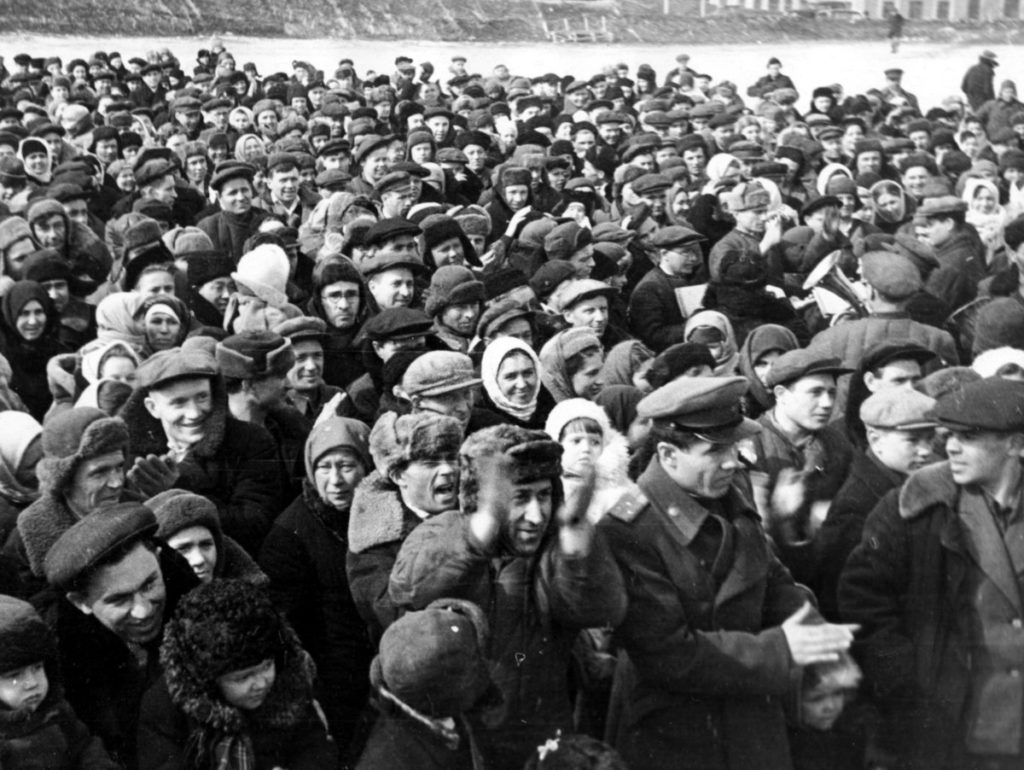#ARCTIC. #SIBERIA. THIS IS TAIMYR. At that time, the Small Metallurgical Plant, the Mechanical Plant, the Sintering and Experimental Concentration Plants, three coal and three ore galleries, a chemical laboratory, the Dudinka-Norilsk-Valek railway, and an airport were operating.
Here is how the Norilsk chronicler Trofim Garmash described the first day of the war:
“It was a normal day off. Sunday June morning. The guys were playing football at the stadium. Many Norilsk residents were having rest in the tundra. But the factory chimneys were smoking. On Octyabrskaya street, in the wooden two-story house of the combine’s management, on the occasion of the day off, it was quiet and empty, only Ariy Polyakov was on duty at the switchboard. There are three red lights on the panel in front of him: they light up at the call of the combine’s head Panyukov, the chief engineer Zverev and the construction department head Volohov.
At 4.30 Norilsk time, Volohov’s light went on: “Summon all the heads of enterprises, workshops, construction sites and other departments to the combine’s head office, regardless of where they are now. If you don’t find anyone, tell me”. For three hours Polyakov was looking for and found”.
Panyukov’s first military order for the Norilsk combine and the camp read:
“From now until further notice, stop vacations with departure from Norilsk of employees of the combine and the camp”.
On July 10, 1941, one of the first send-offs to the front took place in Norilsk. The townspeople went to the contact zone from the first day of the war. But for many the fighting line was here in Norilsk.
The Norilsk people themselves understood this: “Let’s flood the fascist reptile with metal!” – posters hung in the shops. During the first war week, the miners gave out as much ore as they had previously given out in a month. The main supplier of front-line metal during the war years was the Nickel plant.
Nevertheless, the Norilsk people went to the war theatre. As a Norilsk historian Mikhail Vazhnov calculated, 7 606 people left Norilsk for the war, including 739 officers. About a thousand did not return. The last draft notices were dated November 22, 1944.
Now Norilsk is fighting for the right to receive the City of Labor Valor title: in order for the initiative to be accepted, at least 30 000 people should vote for it (online or in person) by the end of March.
In the last issue of the History Spot photo project we told about the monument to Zavenyagin in the Old town.
Follow us on Telegram, VKontakte, Instagram , Facebook, Twitter.
Text: Svetlana Samohina, Photo: Nornickel Polar Division archive









